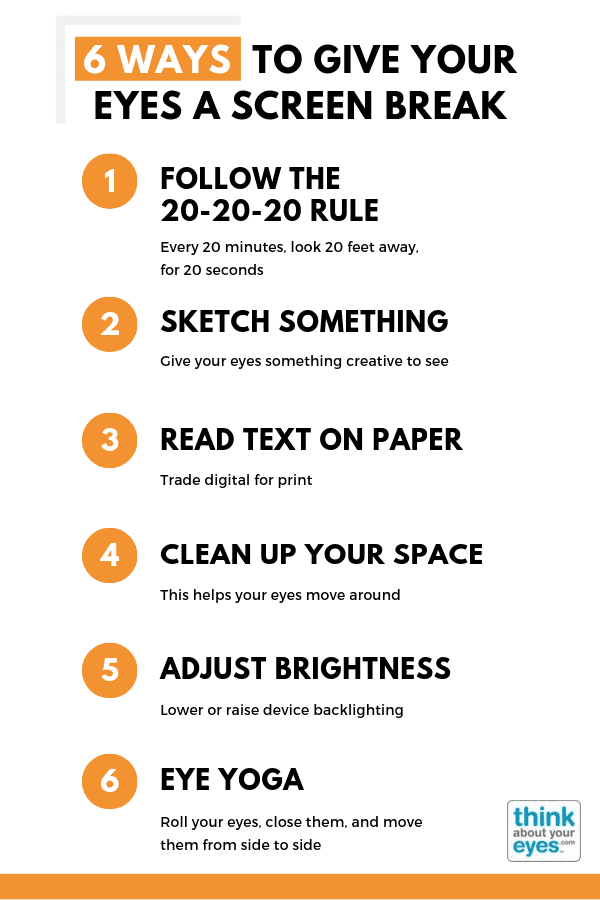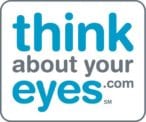Digital screens are here to stay—and they’re impacting us, especially our kids. You might have heard that kids who regularly get headaches, have neck pain, and rub their red, itchy eyes are probably looking at screens too much. But is that really a “thing”?
The short answer is yes, and there’s a name for it, too: digital eye strain.
We can help our middle and high school students pay closer attention to signs that they might be experiencing digital eye strain. Here’s what you need to know to be proactive about student eye health and its impact on your students.
What is digital eye strain?
The Vision Council defines digital eye strain as when a person suffers from eye discomfort from extended use of, you guessed it, screens. That screen time—specifically, more than two hours a day—is causing many classroom learning difficulties for students. And that, in turn, is creating many new challenges for teachers.
Digital eye strain is the kicked-up version of the visual fatigue optometrists have long discussed with you at your annual visit. But now, it’s more than TVs and desktops or sitting under fluorescent lights for too long. Kids have had hours (and years) of access to smartphones, hand-held video game devices, tablets, etc. The Vision Council says that nearly one in four kids spends three hours or more on a digital device. So perhaps it’s not a coincidence that nearsightedness has also increased 66 percent since the 1970s.
What are the signs of student digital eye strain?
Headaches, neck or shoulder pain, irritated eyes, reduced attention span, a negative shift in behavior, and an increased lack of focus—even when students are using their beloved screens in class.
Megan S., a seventh grade teacher in Tennessee, says, “It really kicks in for me when I let them use their Chromebooks or we watch a video. Most of them don’t commit to the task at hand and switch between about five different tasks that they spend two minutes on. When I show a movie, they’re totally passive and can’t recall anything from the video.” The digital-eye-strain “zone” is real.
What can you do to help?
You already know how to monitor your students’ focus and attention. So that means you’re in a great position to spot student vision issues. Here’s what you can do when you see it:
- See something, say something. Tell parents what you see. No need to diagnose your students. Just say something like, “Jeremiah has been rubbing his eyes a lot lately.”
- Encourage eye exams. Only 30 percent of families say they’ve talked to an eye-care provider about their kids’ digital habits and eye health. Sometimes parents are embarrassed to admit their kids spend a lot time looking at screens. Whether it’s in parent conferences or general communications sent home, get the word out that eye exams are as important as well-child visits.
- Set up eye-healthy digital work spaces. Do what you can to make their digital learning environment in your classroom ergonomic. Screens should never be too close and ideally be placed a few inches below a student’s eyes. A student’s chair should be positioned so that the student’s arms are parallel to the desk surface. The chair should also be adjusted so that the student can keep their feet flat on the floor.
- Take screen breaks in class. Depending on what you teach, screens may be an integral part of your curriculum. Eye doctors suggest that teachers use the 20-20-20 rule whenever possible during the school day: Make sure there’s a screen break every 20 minutes. Focus on something at least 20 feet away for 20 seconds to lessen digital eye strain.
- Go outside for that screen break. Studies show that kids who spend more time outside have a lower risk of nearsightedness.
- Talk about good digital habits with your students. Do they recognize changes in their classroom habits after they’ve spent a weekend screen binging? Do they notice they are more attentive or alert after a day off or time spent without screens? Teaching them to be their own health advocate includes encouraging them to be aware of their digital habits.
- Test your digital-eye-strain knowledge! Think one of your students needs an eye exam? This quiz challenges you to spot the signs and shows you how you can help.
Get more information.
Want to talk with your students about their digital habits and eye health? Get the tools you need from the following resources:

Have you noticed how screen time may be affecting vision issues in your classroom? Join the conversation in our WeAreTeachers HELPLINE.


